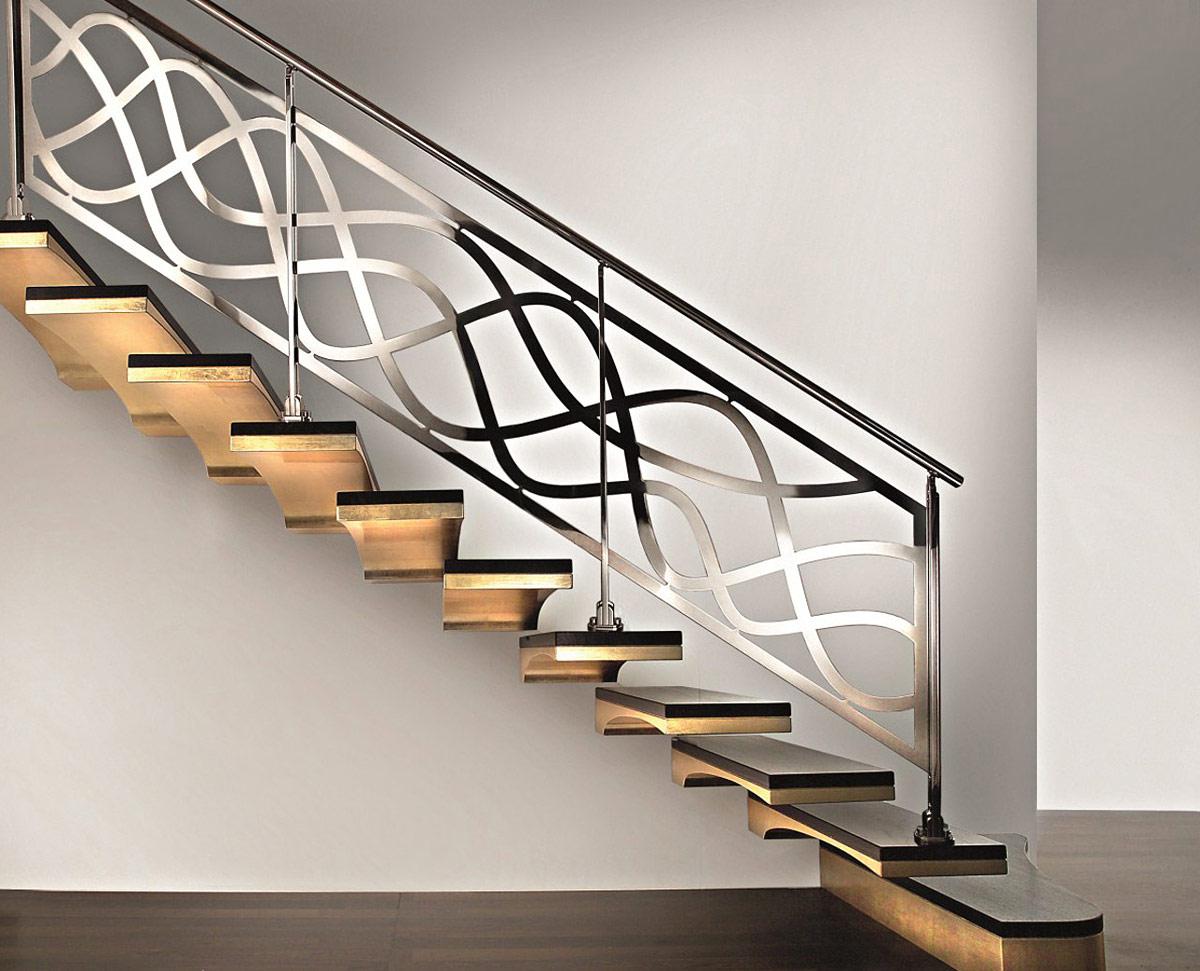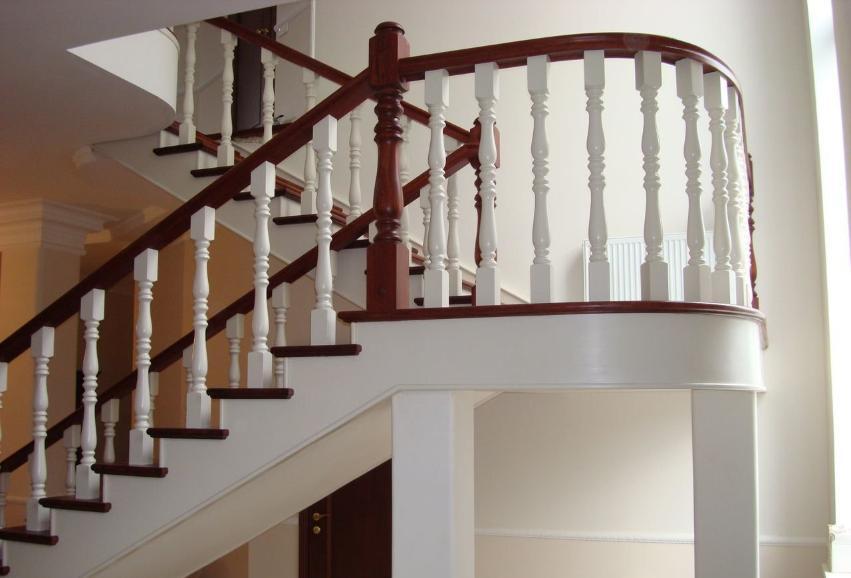
Crafting Elegant Stairs: A Guide to Bespoke Designs
- 13876
- 0

Ascending Artistry: Elevating Spaces with Bespoke Staircases 🎨
Stairs have long transcended their primary function as mere connectors between levels. From ancient monumental structures to grand palaces, they have consistently served as focal points, embodying architectural prowess and societal status. Historically, the design and construction of staircases were often feats of engineering and artistry, reflecting the prevailing aesthetics and technological capabilities of their era.
This rich heritage underscores a deep-seated appreciation for stairs as integral elements of interior design. Early examples showcase intricate carvings, robust stone work, and sophisticated geometries, each telling a story of craftsmanship and vision. The evolution of stair design mirrors broader shifts in architectural thought, moving from purely utilitarian structures to highly decorative and symbolic installations within significant buildings.
In contemporary design, the emphasis has shifted towards creating unique, tailored solutions that seamlessly integrate with a property's overall character. The demand for custom-designed staircases has grown significantly, driven by a desire for individuality and a commitment to exceptional spatial experiences. This bespoke approach allows for a harmonious blend of innovative materials and refined aesthetics, transforming functional elements into captivating works of art.
Understanding the profound impact a staircase can have on an environment is crucial. It’s not just about reaching a higher floor; it’s about the journey, the visual appeal, and the feeling it evokes. Modern design principles often explore how light interacts with materials, how form influences movement, and how a staircase can become a central, defining feature of a home or commercial space, rather than a secondary component.
Key Insights from Design Philosophy
- The seamless integration of a staircase's form and its functional requirements is paramount, dictating both its aesthetic impact and its practical utility within a given space.
- Material selection profoundly influences the overall ambiance and longevity of a bespoke staircase, with choices ranging from warm timbers to sleek metals, each conveying a distinct character.
- Custom-designed staircases significantly enhance the architectural narrative of a property, creating memorable visual statements and enriching the overall user experience.
Analyzing the Craft of Bespoke Stair Design
The journey of crafting a bespoke staircase is a nuanced interplay of creative vision and technical precision. Unlike off-the-shelf alternatives, a custom design demands meticulous planning, considering everything from structural load-bearing capabilities to the subtle nuances of handrail ergonomics. The rewards, however, are substantial, culminating in a piece that perfectly complements its surroundings.
Different architectural styles inherently dictate distinct approaches to stair design. A minimalist interior might call for floating treads and invisible supports, emphasizing lightness and open space. Conversely, a traditional setting could feature grand, sweeping curves, elaborate balusters, and rich, polished wood, evoking a sense of enduring elegance and classic charm.
Beyond their visual appeal, well-designed stairs have a subtle yet powerful psychological effect. An open, airy design can foster a sense of expansiveness and connection between levels, while a more enclosed, spiraling structure might create an intimate, intriguing passage. The rhythm and flow of movement they facilitate contribute significantly to the occupant's daily experience.
Technical considerations are foundational to any successful bespoke staircase. Adherence to building regulations, ensuring safety through appropriate tread depths and riser heights, and the structural integrity of every component are non-negotiable. This necessitates a deep understanding of engineering principles and material science to ensure both beauty and steadfastness.
Collaborating with seasoned design professionals, architects, and skilled artisans, such as those at Brickettakad, is essential for translating a vision into reality. This collaborative process ensures that every detail, from the initial concept sketches to the final installation, is executed with unparalleled expertise and attention to detail, aligning with the highest standards.
A common oversight in stair planning is underestimating the long-term impact of material wear and tear or the subtle ways a staircase can influence natural light distribution. Careful consideration of these aspects during the design phase can prevent future issues and maximize the aesthetic and functional contributions of the finished piece for years to come.
Transformative Outcomes of Custom Staircases
- Achieve an exceptional enhancement of spatial flow and aesthetic appeal, transforming a functional element into a captivating centerpiece that defines an interior.
- Create truly unique architectural statements that reflect individual taste and elevate the overall character and distinctiveness of any property.
- Optimize the utilization of vertical space, providing elegant and efficient connections across multiple levels in residential, commercial, and public environments.



